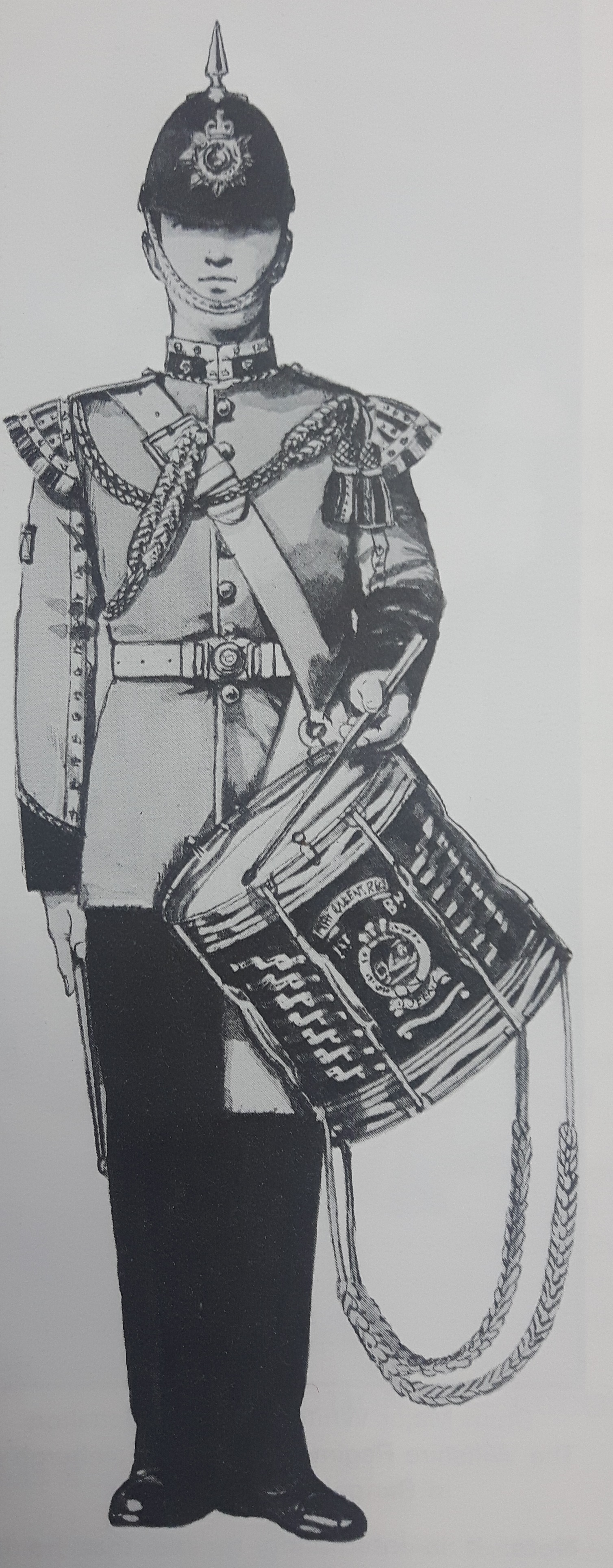

There are two methods of producing the fives notes of the bugle. On the principle that the bugle naturally produces the low C note, and that overblowing against the mouthpiece will produce
harmonics which result in the other four notes, then it is necessary to learn how to overblow.
According to the Drummer's Handbook, the wrong way to do this is to put more pressure on the lips and teeth in order to progressively increase the tension of the lips, and therefore, make the
breath force itself harder against the mouthpiece, resulting in a faster flow of air.
Buglers use this 'pressure' method because this assists the lips to compress at the same time as a harder flow of breath is being forced into the mouthpiece.
The Handbook advises training regularly with the lips alone to allow the facial muscles to compress by their own strength. This produces the same result. The mouth should be sufficiently strong enough
to permit strong breaths at high speed, and yet to remain compressed.
So:
'1313. [...] To achieve the notes above bottom C it will be necessary for the novice to fully understand the overblowing technique. .. Overblowing tricks the instrument into vibrating
a shorter column of air than it actually has. This is done by increasing the velocity of air and therefore the frequency of the vibrations at the mouthpiece. This is not accomplished
by blowing harder or by increasing the pressure of the mouthpiece to the lips (two techniques that, strangely, have some popular support) it is accomplishe by tightening the muscles of the face
to cause the lip tension at the embouchure to increase; ... In short, the higher the note required, the tighter the 'lip tension'.'